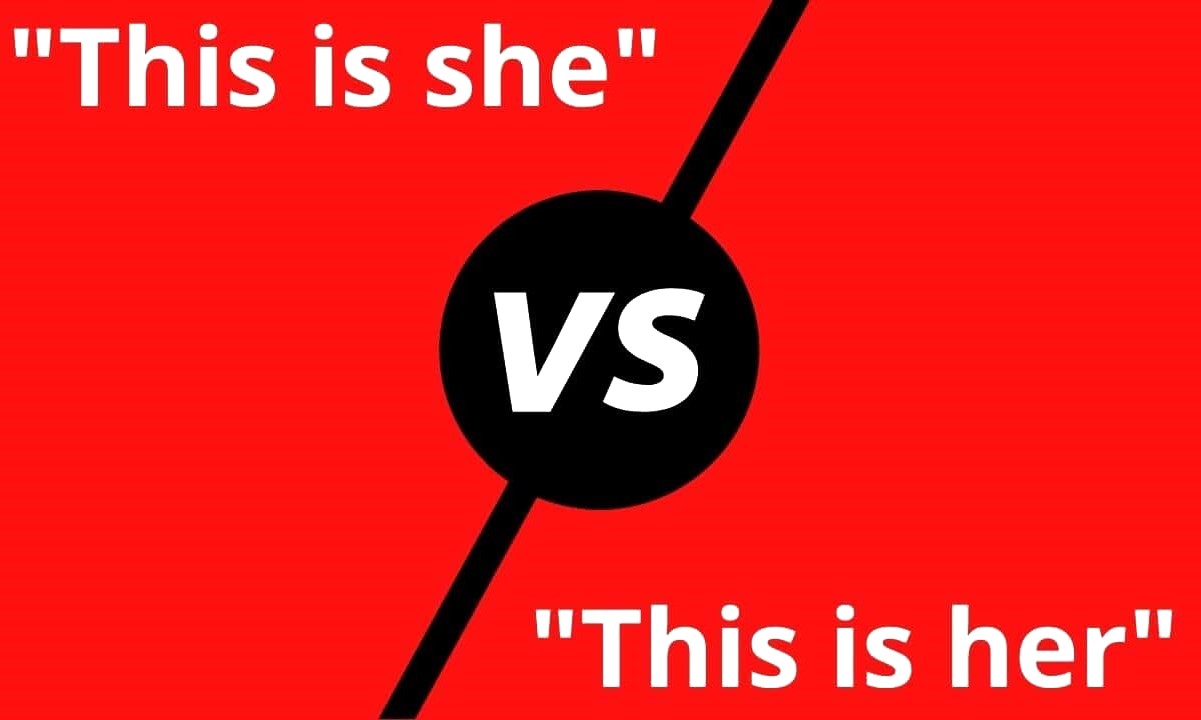Home>History>Unraveling The Meaning Behind “Don’t Tread On Me”


History
Unraveling The Meaning Behind “Don’t Tread On Me”
Published: January 5, 2024
Uncover the historical significance of "Don't Tread on Me" and its impact on American history. Explore the origins and symbolism of this iconic phrase in our in-depth analysis.
(Many of the links in this article redirect to a specific reviewed product. Your purchase of these products through affiliate links helps to generate commission for Noodls.com, at no extra cost. Learn more)
Table of Contents
Introduction
The Gadsden flag, with its powerful coiled rattlesnake and the defiant phrase "Don't Tread on Me," has become an enduring symbol of American history and identity. Its origins can be traced back to the Revolutionary War era, where it was hoisted as a bold emblem of colonial defiance against British oppression. Over time, the flag has transcended its historical roots to embody a broader ethos of independence, resilience, and individual liberty. Its enduring resonance has sparked diverse interpretations and ignited debates on its contemporary significance.
The journey of the Gadsden flag from a wartime banner to a potent symbol of American heritage is a testament to its enduring relevance and cultural significance. As we delve into its historical context, symbolism, and modern-day usage, we unravel the multifaceted layers of meaning encapsulated within this iconic emblem.
Read more: Understanding The Meaning Of “Don’t @ Me”
Historical Context of the Gadsden Flag
During the American Revolutionary War, the Gadsden flag emerged as a potent symbol of resistance and unity. Its origins can be traced back to 1775, when the Continental Congress sought to create a distinct naval ensign for the fledgling American fleet. Christopher Gadsden, a prominent statesman and military leader from South Carolina, played a pivotal role in the flag's design and adoption. The striking image of a coiled rattlesnake poised to strike, accompanied by the bold warning "Don't Tread on Me," encapsulated the spirit of defiance and resolve that permeated the American colonies.
The choice of the rattlesnake as a symbol was laden with significance. Widely regarded as a uniquely American creature, the rattlesnake came to embody qualities such as vigilance, agility, and the readiness to defend itself when provoked. This resonated deeply with the colonists, who saw themselves as fiercely independent and determined to protect their liberties against encroachment. The inclusion of the defiant phrase "Don't Tread on Me" reinforced the message of unwavering resistance against oppression, serving as a rallying cry for those who yearned for freedom from British rule.
The Gadsden flag quickly gained prominence as a symbol of the American Revolution, adorning ships, banners, and uniforms. Its bold imagery and unequivocal message encapsulated the fervent desire for independence and self-governance that fueled the revolutionary cause. The flag's presence on the battlefield and at key historical events underscored its significance as a unifying emblem for the patriots who stood against the might of the British Empire.
The historical context of the Gadsden flag is intrinsically linked to the tumultuous era of the Revolutionary War, where it served as a potent emblem of defiance and unity. Its enduring legacy as a symbol of American identity and the struggle for freedom continues to resonate, making it a cherished and iconic emblem of the nation's history.
The Gadsden flag's historical significance extends beyond its role in the Revolutionary War, shaping its enduring legacy as a symbol of American identity and the struggle for freedom. Today, the flag's distinctive design and powerful message continue to evoke a sense of pride, resilience, and commitment to individual liberties, ensuring its place as a timeless and revered symbol in the tapestry of American history.
Symbolism and Interpretations
The Gadsden flag, with its striking imagery and bold proclamation, embodies a rich tapestry of symbolism and interpretations that have evolved over time. At its core, the coiled rattlesnake poised to strike encapsulates the spirit of vigilance, resilience, and the unwavering resolve to defend against encroachment. The inclusion of the defiant phrase "Don't Tread on Me" further amplifies the flag's message, serving as a potent declaration of individual sovereignty and resistance against oppression.
The rattlesnake itself carries profound symbolism, representing qualities such as independence, self-defense, and the readiness to confront adversity. In the context of the Gadsden flag, it serves as a powerful allegory for the American spirit, reflecting the nation's historical struggle for freedom and its enduring commitment to safeguarding individual liberties.
Interpretations of the Gadsden flag have varied across different historical periods and social movements. During the Revolutionary War, it served as a unifying emblem for the colonies, rallying patriots in their quest for independence. Its symbolism resonated deeply with the ideals of self-determination and the rejection of tyranny, galvanizing the spirit of resistance against British rule.
In contemporary times, the flag has been embraced by diverse groups and individuals, each imbuing it with their own interpretations and associations. For some, it represents a steadfast commitment to personal freedom and limited government intervention, reflecting a libertarian ethos. Others view it as a symbol of defiance against perceived overreach by authorities, echoing the sentiments of civil disobedience and individual empowerment.
The flag's enduring symbolism has also permeated popular culture, appearing in various forms of media and serving as an emblem of patriotism and resilience. Its iconic imagery has been embraced in contexts ranging from political activism to military insignia, underscoring its versatility as a symbol of enduring relevance.
The multifaceted interpretations of the Gadsden flag attest to its enduring resonance and cultural significance. Its symbolism continues to inspire diverse interpretations, serving as a potent reminder of the timeless values of freedom, resilience, and the unyielding spirit of the American people.
Contemporary Usage and Controversy
In contemporary society, the Gadsden flag has experienced a resurgence in usage, becoming a potent symbol in various spheres ranging from politics to popular culture. Its distinctive design and powerful message have elevated it to a symbol of individualism, limited government, and resistance against perceived encroachments on personal liberties. The flag's iconic imagery has been prominently displayed at political rallies, protests, and public events, where it serves as a visual representation of defiance and a rallying point for those advocating for a smaller, less intrusive government.
However, the flag's resurgence has not been without controversy. In recent years, it has been associated with certain political movements and ideologies, leading to debates surrounding its connotations and the diverse interpretations it evokes. Some critics argue that the flag's adoption by certain groups has led to its association with extremist ideologies and has overshadowed its historical significance as a symbol of the American Revolution. This has sparked contentious discussions about the flag's contemporary usage and the implications of its associations in present-day discourse.
The flag's presence in contentious political debates and its association with specific ideological movements have further fueled the controversy surrounding its usage. While some view it as a powerful assertion of individual freedoms and resistance against government overreach, others perceive it as a divisive emblem with connotations that extend beyond its original historical context. This divergence in interpretations has underscored the complexities surrounding the flag's contemporary significance and the nuanced debates it provokes.
Amid the debates and controversies, the Gadsden flag continues to endure as a symbol that evokes passionate responses and diverse perspectives. Its contemporary usage reflects the enduring relevance of its symbolism, while the controversies surrounding its associations underscore the evolving nature of its meaning in modern society. As the flag remains intertwined with ongoing discussions about freedom, governance, and identity, its role in shaping contemporary discourse continues to be a subject of fervent debate and introspection.
The ongoing dialogue surrounding the Gadsden flag's contemporary usage and the controversies it engenders underscores its enduring capacity to provoke thought, inspire discourse, and reflect the complexities of American society in the present day.
Conclusion
In conclusion, the Gadsden flag stands as a timeless emblem that transcends its origins in the Revolutionary War to embody enduring principles of individual liberty, resilience, and the unyielding spirit of the American people. Its historical significance as a symbol of defiance and unity during the struggle for independence has paved the way for its multifaceted interpretations and its enduring resonance in contemporary society.
The flag's powerful imagery, featuring a coiled rattlesnake and the bold warning "Don't Tread on Me," encapsulates a narrative of vigilance, self-determination, and the unwavering resolve to defend against encroachment. This symbolism has evolved over time, inspiring diverse interpretations that reflect the evolving ethos of American identity and the complexities of contemporary discourse.
While the Gadsden flag has experienced a resurgence in usage, particularly in political and cultural spheres, its contemporary relevance has not been without controversy. Debates surrounding its associations with specific ideologies and movements have underscored the complexities of its meaning and the divergent interpretations it evokes. This has led to fervent discussions about its place in modern discourse and its implications in shaping societal narratives.
Despite the controversies, the Gadsden flag remains an enduring symbol that continues to provoke thought, inspire discourse, and reflect the multifaceted nature of American society. Its ability to evoke passionate responses and its capacity to spark introspection underscore its significance as a symbol that transcends historical boundaries, resonating with timeless values of freedom, resilience, and the enduring spirit of the American people.
As the flag continues to occupy a prominent place in the tapestry of American history and identity, its legacy endures as a testament to the enduring principles of liberty, unity, and the unyielding commitment to safeguarding individual freedoms. Its journey from a wartime banner to a potent symbol of American heritage exemplifies its timeless relevance and its capacity to inspire diverse interpretations, ensuring its place as a cherished and iconic emblem of the nation's history.















